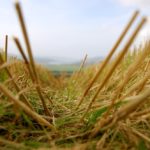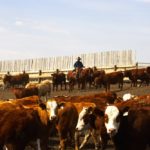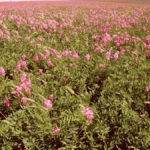Note: This column was written and went to print before the federal government announced that the Canadian Food Inspection Agency would allow a two-year transition period for the new livestock transportation regulations, as they apply to cattle. The Canadian Food Inspection Agency will start phasing in its enforcement of Canada’s revised livestock transportation regulations on […] Read more














